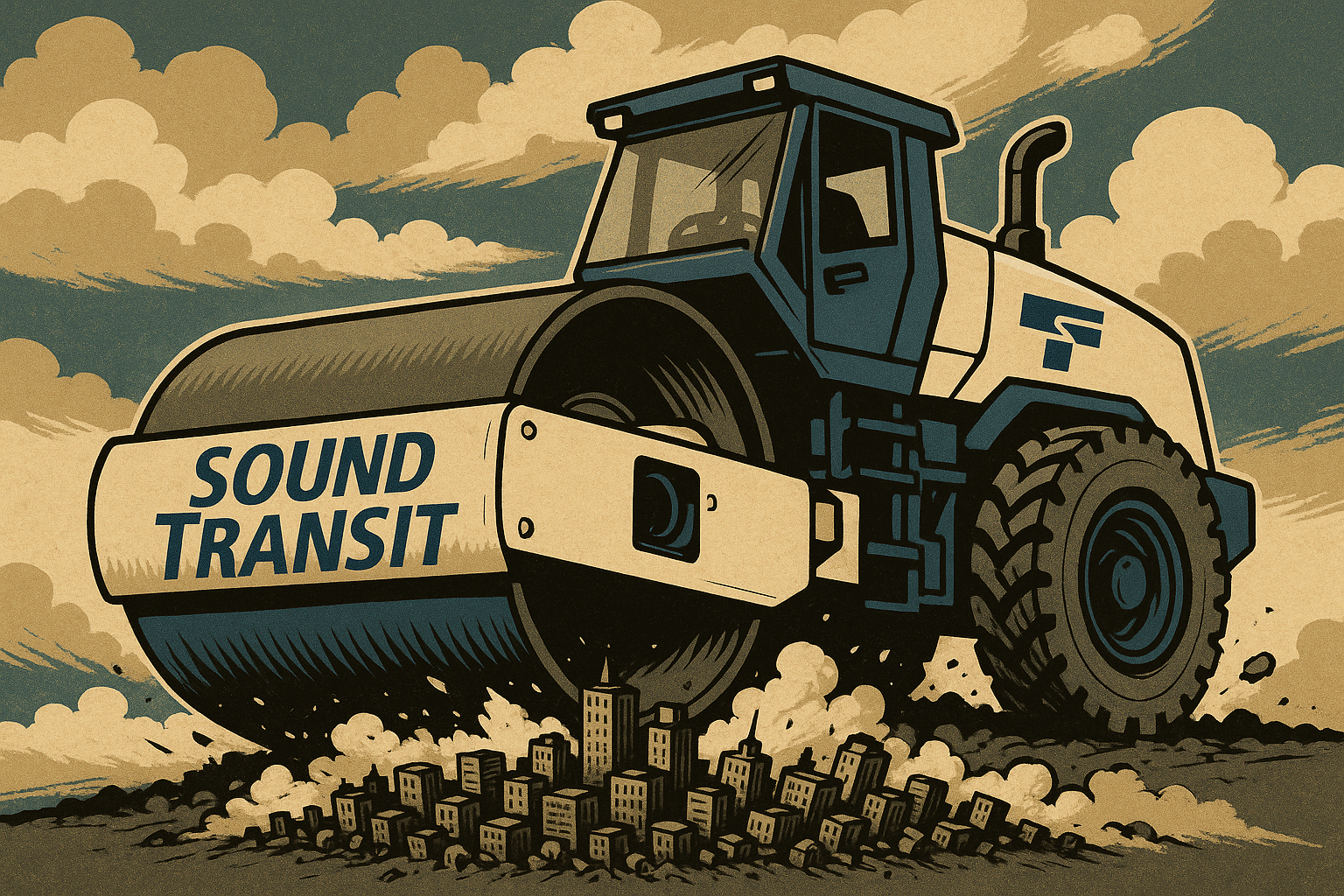Related Articles
Washington Policy Center, the state's premier public policy think tank, released a new study that challenges the common misperception that fixed-route public transportation, like Sound Transit's proposed Link Light Rail system improves urban livability.
The report, "Great Rail Disasters: The Impact of Rail Transit on Urban Livability," published by Washington Policy Center (WPC) and the Center for the American Dream, finds the problems associated with fixed-route public transit projects-such as cost overruns, revenue shortfalls, schedule delays and considerable public criticism-are not uncommon among other similar projects throughout the nation.
Study author Randal O'Toole, Director of the Center for the American Dream, worked with WPC to review transit congestion, cost, safety and other data for all two-dozen U.S. urban areas that have rail transit. The conclusion of the report is that, far from enhancing livability, rail transit actually reduces the livability of urban areas. In particular, rail transit tends to reduce the mobility of both transit riders and auto drivers.
Rail transit's negative impacts on urban livability include:
- Increased pollution
- Increased energy consumption
- Higher fatality rate per passenger mile than buses or autos
- Higher rate of automobile congestion due to rail restrictions
"The negative secondary effects of fixed-route mass transit rarely see the light of day," said WPC policy analyst Eric Montague. "Our research shows that more flexible transit options, such as buses and HOT lanes, combined with a new focus on congestion relief, are clearly more affordable and effective in getting people where they want to go."
Bus-rapid transit, which means running buses on rail schedules, can move people faster than rail, while HOT lanes and targeted general capacity increases can provide the mobility choices that people really want. "At a fraction of the cost of light-rail, and without waiting for years of construction, Sound Transit could start running bus-rapid transit lines that go faster, farther and serve more areas than rail," added Randal O'Toole, the study's author.



